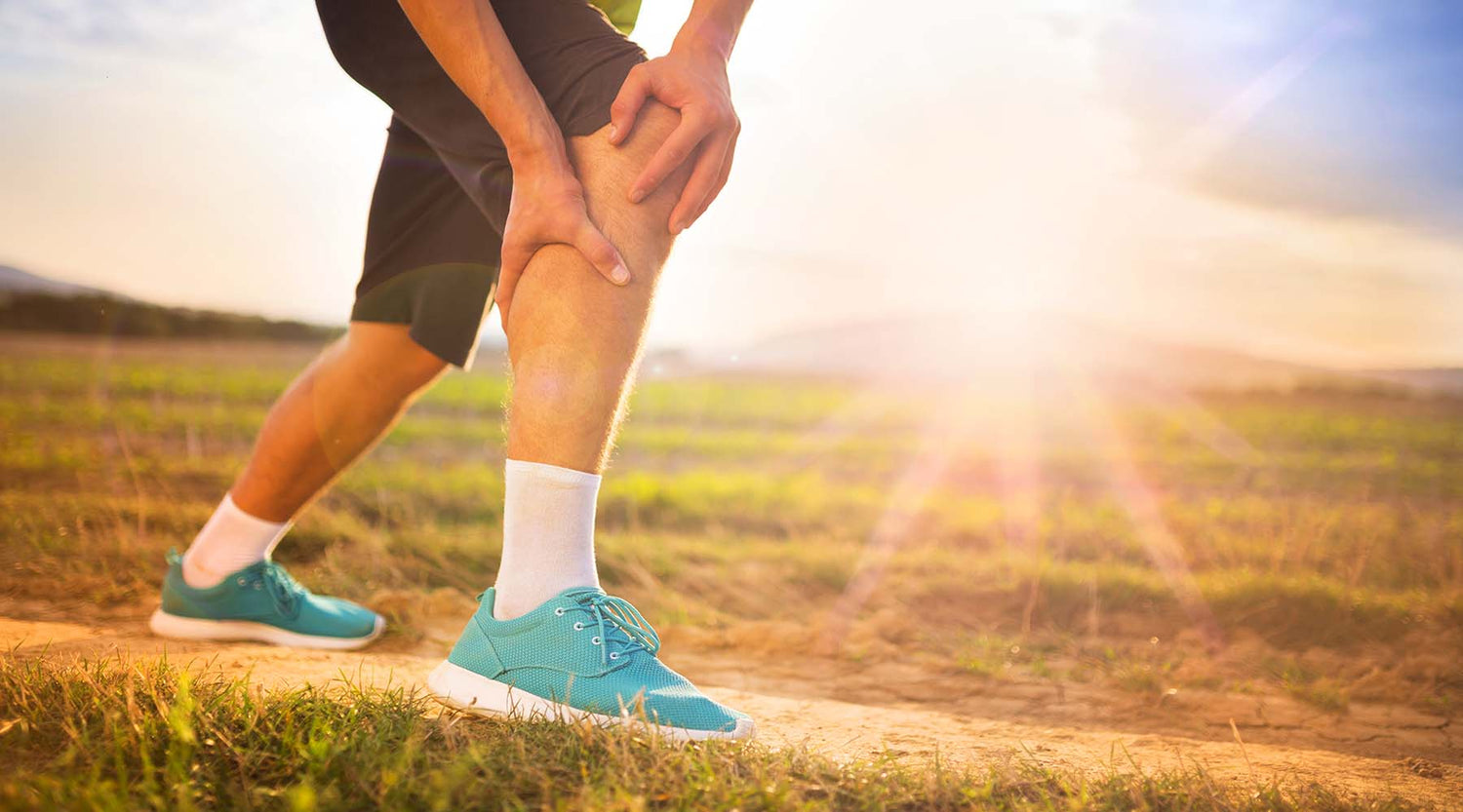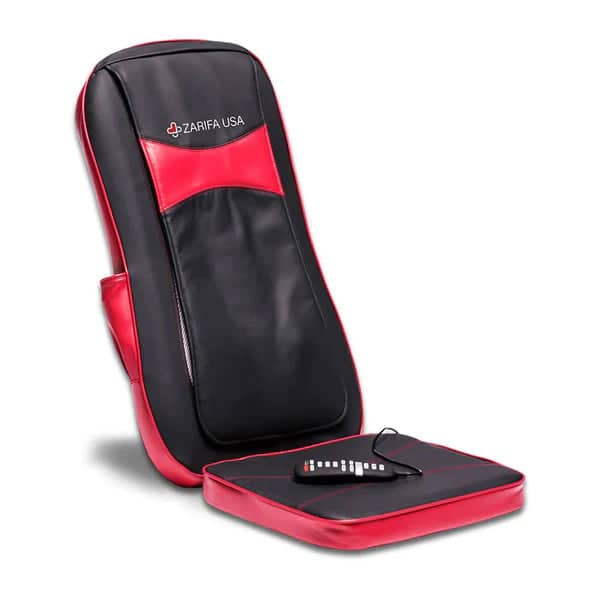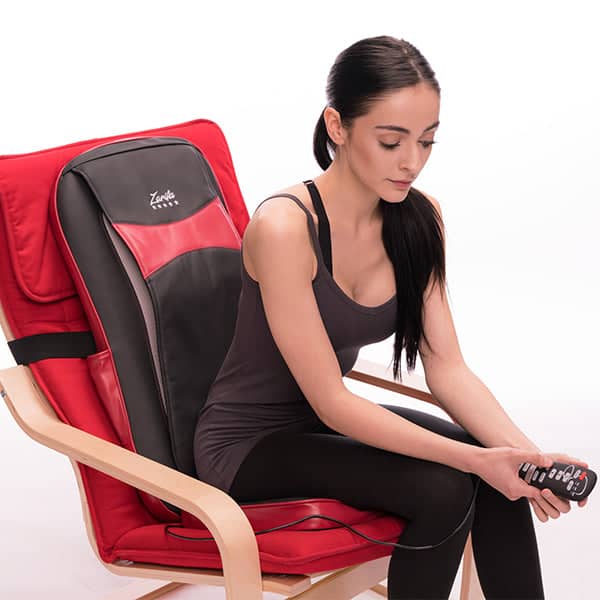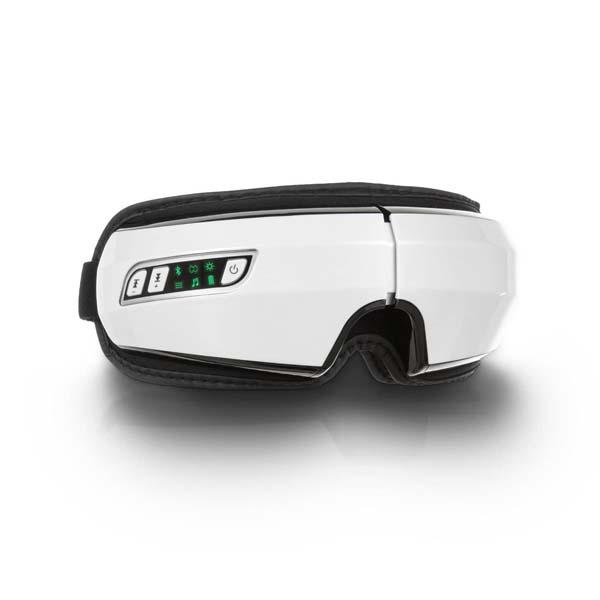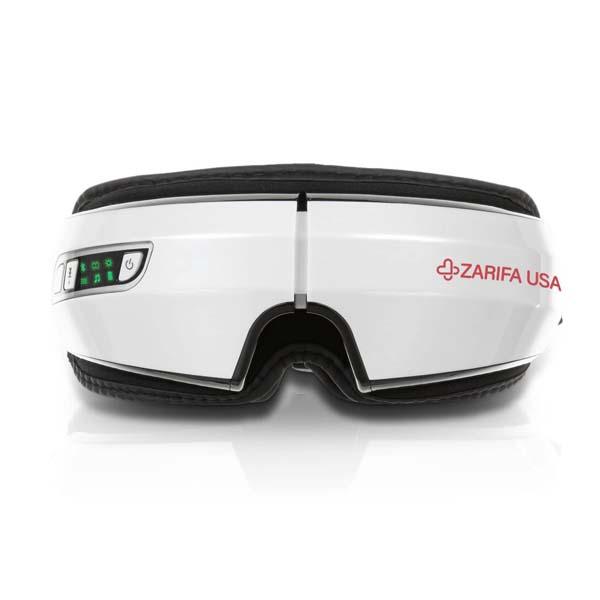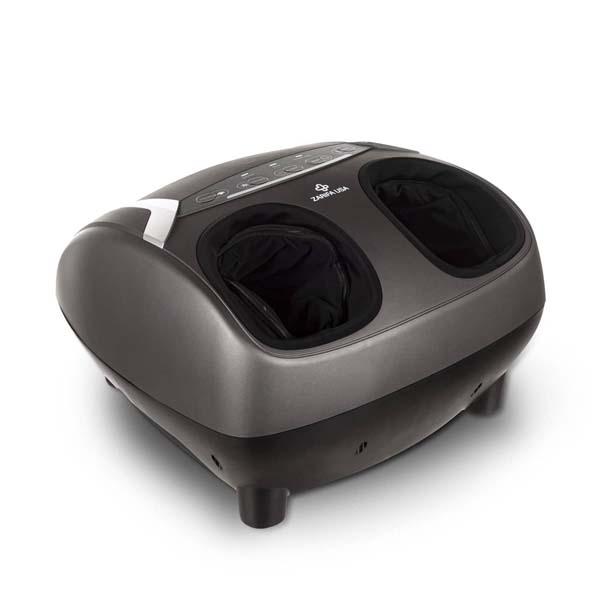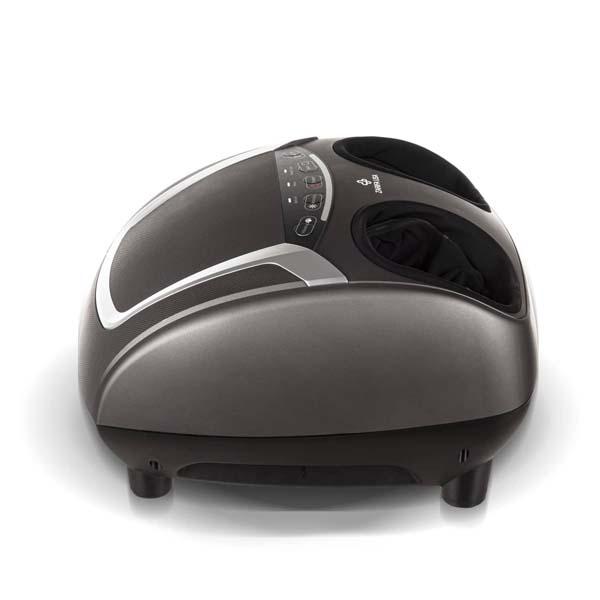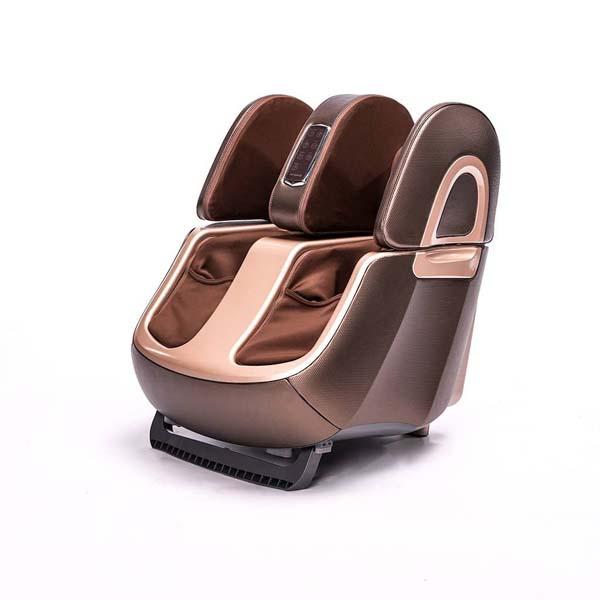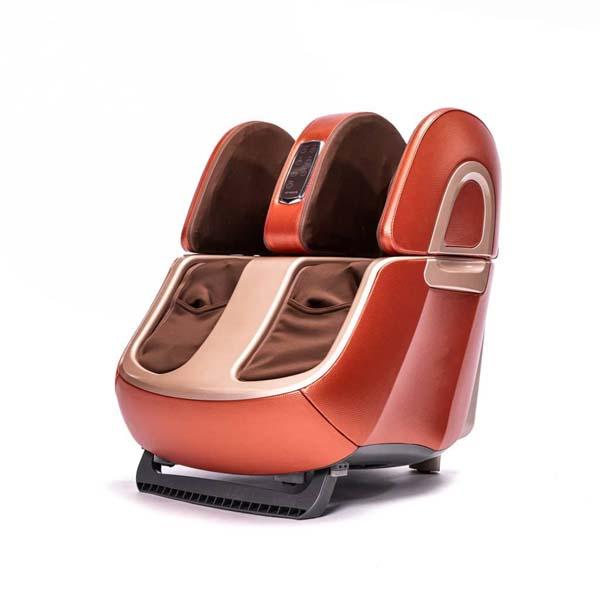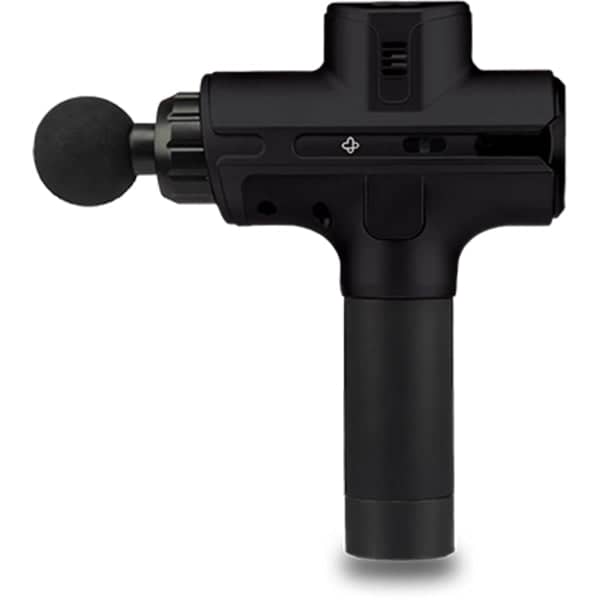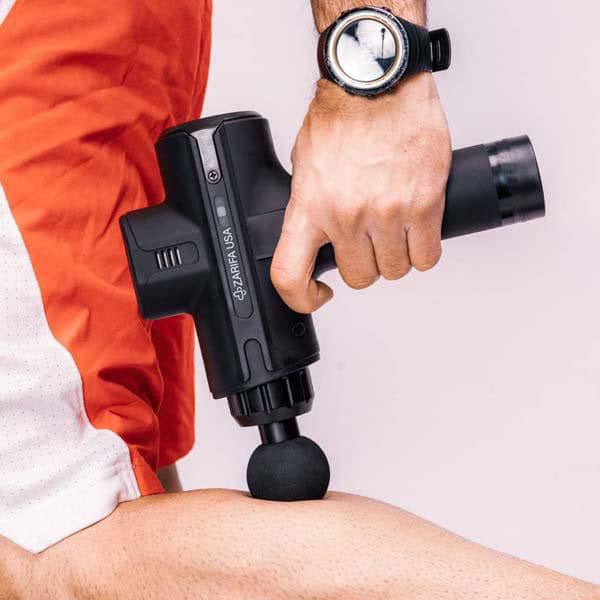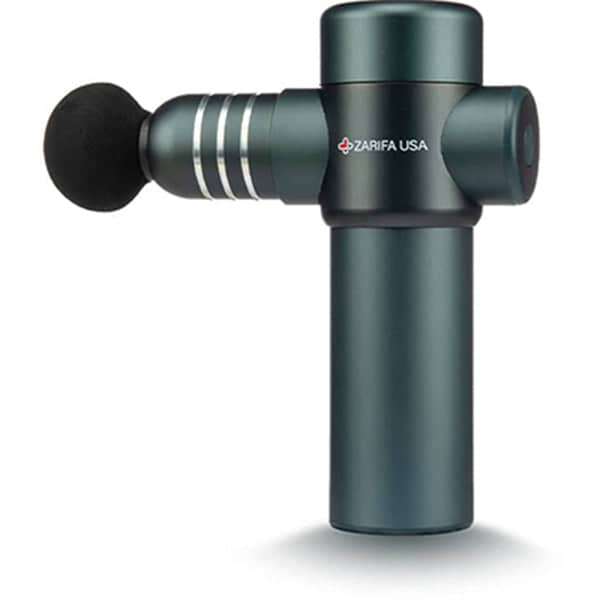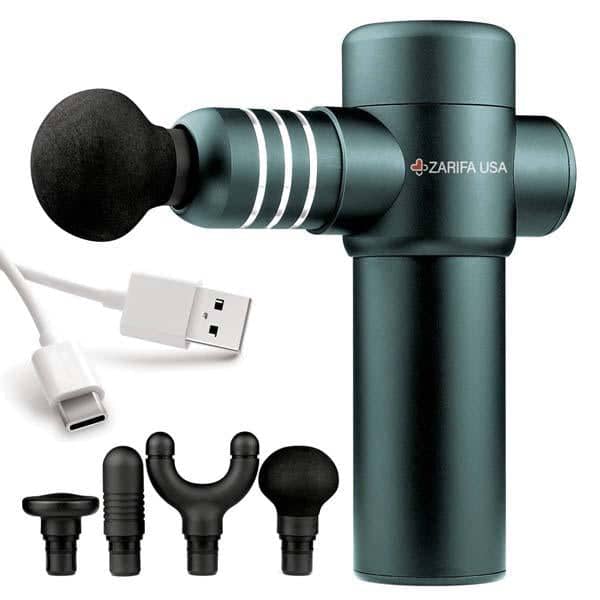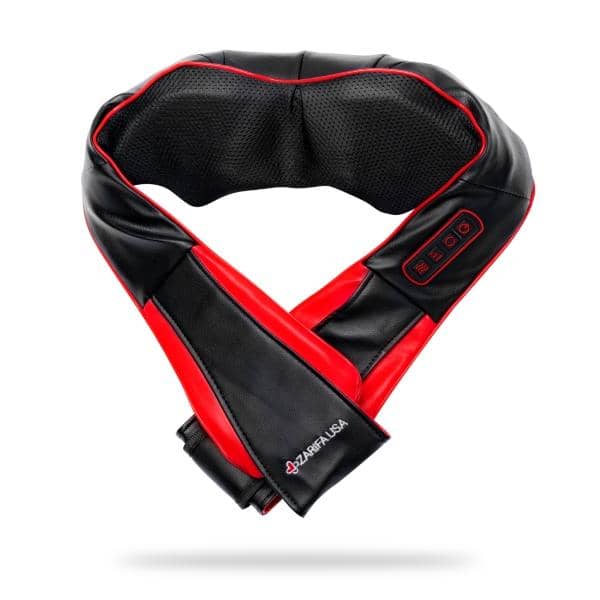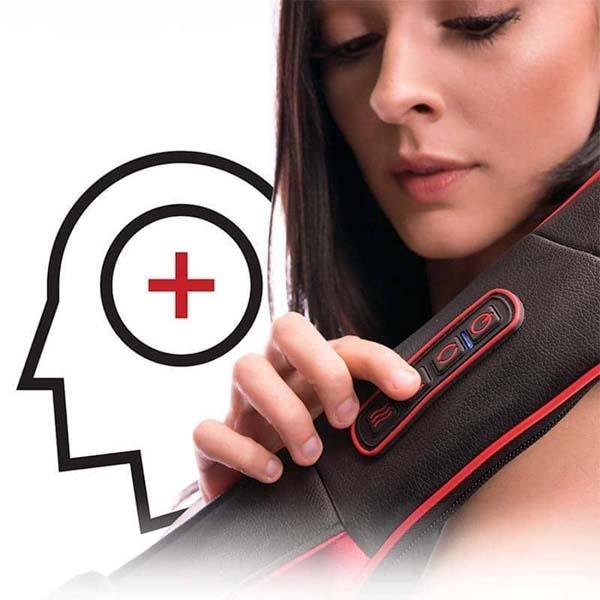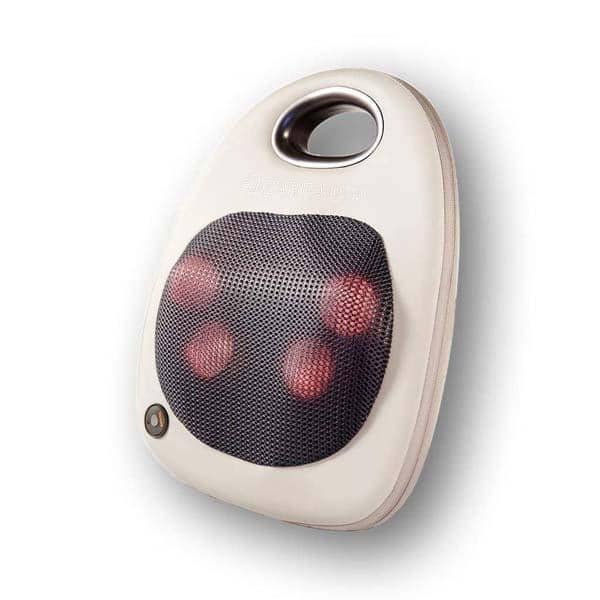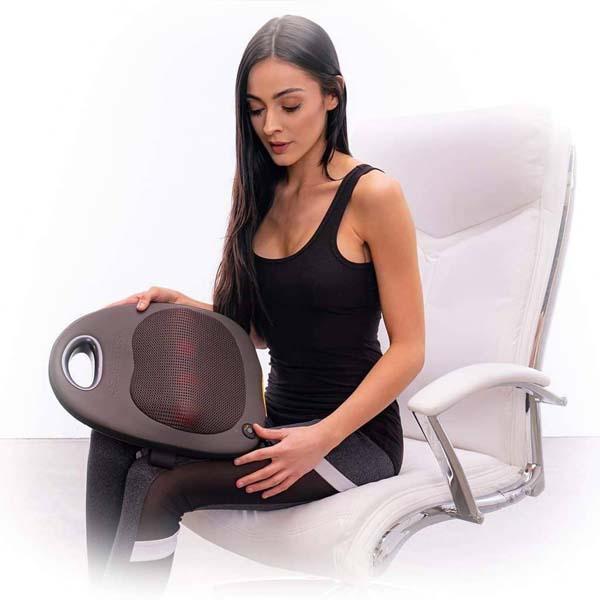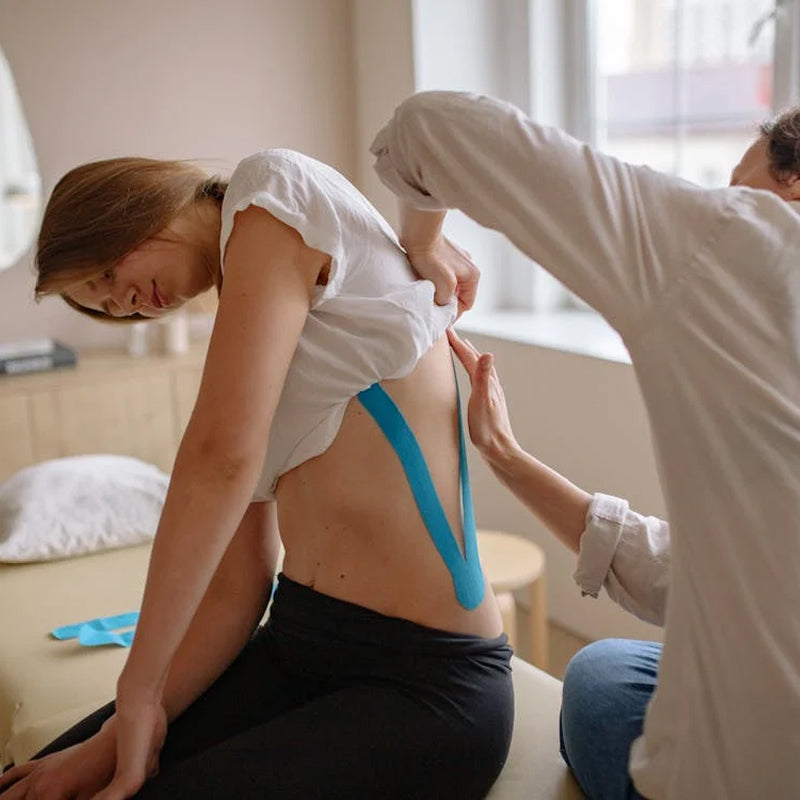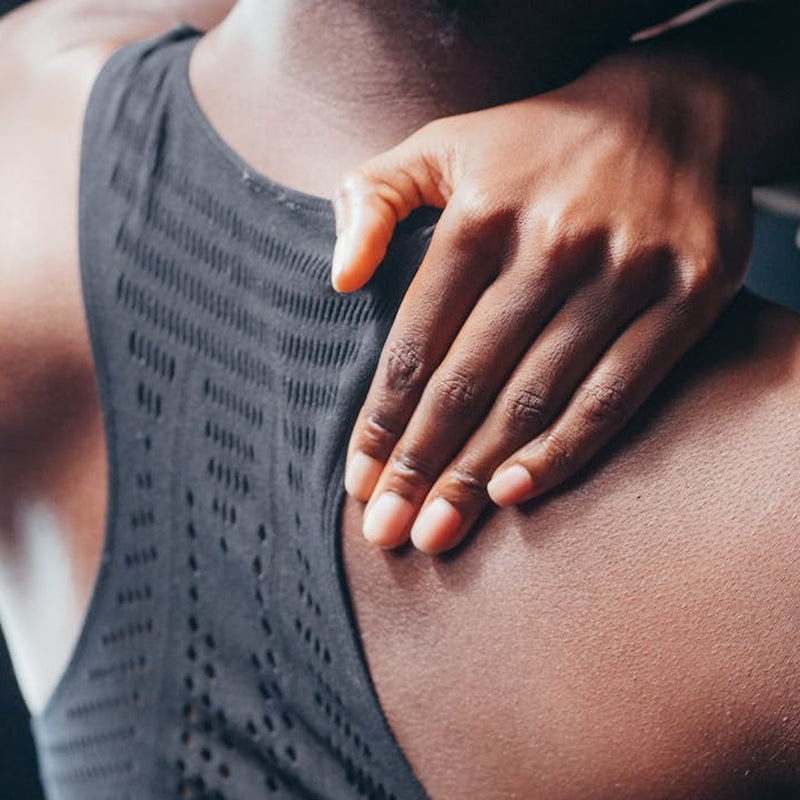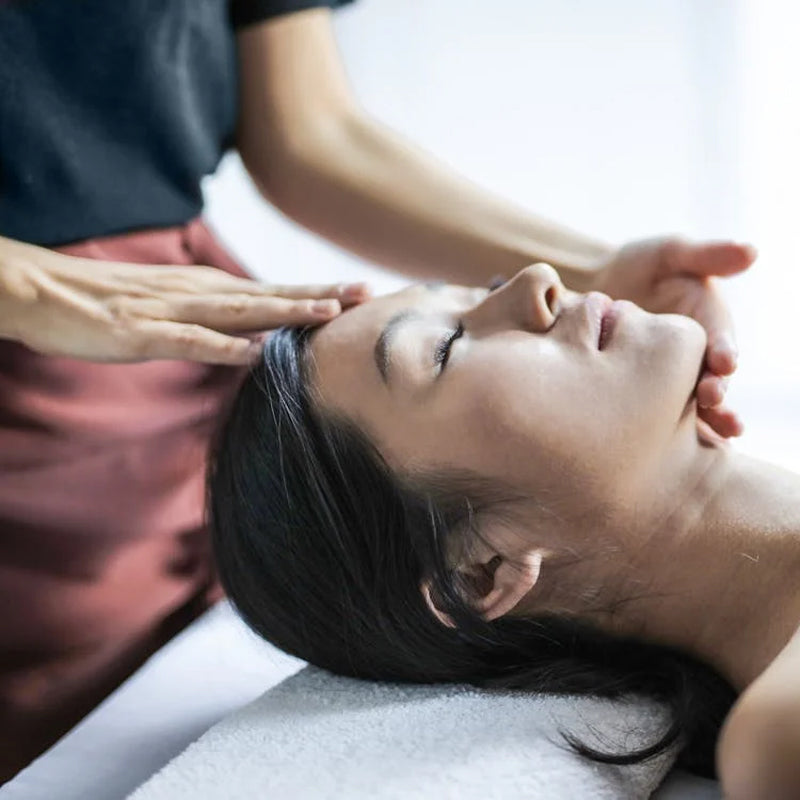Introduction to Pain Therapy
Although modern medicine has come a long way in managing both acute pain and chronic pain with alternatives like nerve block injections, which are injections onto or near nerves, medication is an effective but temporary solution. Some of the medications that are injected include local anesthetics, steroids, and opioids. In some cases of severe pain, it is even necessary to destroy a nerve with injections of phenol, pure ethanol, or by using needles that freeze or heat the nerves.
Steroid Injections for Chronic Pain and Their Limitations
For example, steroid cortisone shots are very effective; however, their effectiveness only lasts up to ten days. Incorporating alternative therapy methods into a pain management regime provides the most optimal results. Some may include:
Massage Therapy
Massage (deep tissue is most preferred) or manual therapy is a technique used to apply pressure and manipulate muscles to increase relaxation and relieve pain. It helps to reduce tension, improve circulation, and improve the range of motion. Different techniques are used depending on the area of the body being treated, including kneading and holding pressure on points, deep massage, and trigger-point work. Massage therapists can tailor their treatments to sufferers’ needs, incorporating stretching and aromatherapy. Massage therapy is also effective for relieving pain in sore muscles.
If you are seeking relief with massage, when looking for the ultimate comfort source to relax your muscles and treat chronic pain naturally, buying a reliable massage chair is one of the best investments for your health. Zarifa USA has been a pioneer in developing high-quality full-body massage chairs. All massage chairs produced by Zarifa USA provide an excellent massage with guaranteed positive results. Best of all, our massage chairs are eligible to use with Flexible Spending and Health Savings Accounts.
Acupuncture
Acupuncture is an ancient Chinese pain treatment method that focuses on stimulating specific points on the body with fine needles. The needles are strategically inserted at specific points connected with pathways of energy called meridians that flow through the body. Traditional Chinese medicine teaches that pain is due to blocked meridians that must be cleared to allow the life force to flow freely throughout the body. There is evidence that acupuncture stimulates the release of endorphins, the body’s natural painkillers, relieving many conditions.
Transcutaneous Electrical Nerve Stimulation (TENS)
TENS machines are a non-invasive form of therapy that involves sending small electrical pulses to the painful areas of the body to block the brain’s perception of pain and stimulate the body’s natural endorphins. TENS therapy is effective for providing relief from muscle spasms and minor pain symptoms. The electrical pulses are delivered through electrodes placed on the skin by a tens unit for up to 30 minutes per session. The patient is able to adjust the intensity of the stimulation and the frequency and duration of the sessions. TENS units are portable and convenient for home use.
Fortunately, Zarifa has built the most technologically advanced wearable massagers on the market: The TENS PRO V and TENS PRO VI. These wearable massage machines are equipped with both TENS and EMS technology. This revolutionary dual technology can help you recover and heal without turning to harmful and addictive prescription medications.
The TENS (Transcutaneous Electrical Nerve Stimulation) portion transmits a low-voltage electrical current to interrupt and block nerve signals before they reach your brain. The EMS (Electronic Muscle Stimulation) portion provides the type of stimulation you expect from a massager and reduces muscle spasms while increasing blood circulation, breaking up lactic acid, stimulating muscle fiber, and re-educating your muscles.
Mindfulness
Mindfulness-based approaches to pain management focus on the ability to pay attention to and accept one’s experience of pain without judgment or resistance. Psychological factors like depression, anxiety, and stress can make pain worse, and mindfulness can help mitigate these effects. Examples of mindfulness-based approaches to pain management include body scans, Yoga, and meditation. Each of these techniques has been proven to reduce pain levels. With regular practice, people who suffer from chronic pain may find that their pain levels decrease, allowing them to find a greater sense of peace.
Biofeedback
Biofeedback is a non-invasive therapy that teaches people how to monitor and manage their own bodily responses for better pain control. It is based on the idea that our bodies respond to stress and pain in specific ways and that we can learn to recognize and control these reactions. Through a series of exercises and feedback from a trained therapist, people learn to take greater control of their bodies and their response to pain, reducing pain-related distress, increasing their sense of control over pain, and improving their quality of life.
Possible Causes of Muscle Soreness
Muscle soreness can result from intense workouts, muscle fatigue, improper form, or overuse. It is essential to differentiate between regular muscle soreness and pain that might indicate an injury. Understanding the causes of muscle soreness can help in selecting the right treatment and prevention methods. Various methods, including massage and TENS therapy, can provide effective pain relief for sore muscles.
Traditional Alternative Medicine
Traditional alternative medicine is more mainstream than ever and truly an accepted form of therapy. Some of the earliest examples that have been practiced for centuries worldwide are acupuncture, Ayurveda, homeopathy, naturopathy, body touch, and many other practices that are mentioned above and will be discussed below.
Body Touch
Body Touch is based on the idea that an illness and/or injury in one particular area of the body can affect all body parts. With manual manipulation (like deep tissue massage), the other parts of the body can be brought back to optimum health, allowing the body to focus on healing directly at the site of injury or illness. These techniques are often combined with those of the mind. Body therapies include:
-
Chiropractic
-
Osteopathic
-
Massage
-
Body movement therapy
-
Tai chi
-
Yoga
-
Acupressure
-
Aromatherapy
Diet and Herbs for Pain Relief
From our early days as humans, we have gone from a simple diet of meats, fruits, vegetables, and grains to one that, unfortunately, usually consists of foods loaded with fats, oils, and complex carbs. Excess and deficiency are the roots of many problems in our society today. Both lead to chronic diseases such as diabetes, heart disease, and addiction. Several dietary and herbal approaches attempt to balance the body’s nutritional well-being and may include:
-
Dietary supplements/vitamins
-
Herbal medicines
-
Balanced Nutrition/Diet
Dietary supplements and herbal medicines can be considered as part of a comprehensive pain medicine approach.
External Energies
External energies from objects or other sources include:
-
Electromagnetic therapies
-
Reiki
-
Qigong
Mind Therapy
Today, standard or conventional medicine recognizes the power of the connection between mind and body. Therapies could include:
-
Meditation
-
Biofeedback
-
Hypnosis
Sensory Therapies
Senses: touch, sight, hearing, smell, and taste have an overall effect on health. Examples of therapies incorporating the senses include:
-
Art, dance, and music
-
Visualization and guided imagery
Acupressure
Acupressure, a traditional form of alternative therapy and an ancient Chinese practice developed over 5,000 years ago, uses finger pressure on specific points along the body that correspond with acupoints. The points or “meridians” are believed to be connected to the entire body, and when stimulating them, they will restore balance and usable, clean energy. Acupressure treats various medical problems, including chronic headaches, stress, migraines, digestive issues, muscle tension, and depression.
Yoga
Yoga is an ancient practice of physical, mental, and spiritual exercises designed to bring one into harmony with the universe. It includes posture and breathing exercises as well as guided imagery and meditation. The practice of Yoga focuses on unifying the body, mind, and spirit and is said to restore balance and harmony, invigorate, and relieve stress and anxiety. There are many different styles of Yoga based on the emphasis on energy and the goal of achieving spiritual awareness.
Aromatherapy
Aromatherapy is the practice of using essential oils for healing purposes. Essential oils are derived from plant parts such as flowers, leaves, roots, twigs, and bark and are widely used in traditional cultures to balance emotions and improve physical and mental health. Aromatherapy is believed to have a calming effect on the body and mind and can treat headaches, digestion issues, stress and anxiety, and depression. It is important to use essential oils safely and consult a qualified healthcare professional before using them, as they can have adverse effects when misused.
Hot and Cold Therapy
Hot and cold therapy is a type of alternative therapy that involves using hot and cold temperatures to relieve pain, promote healing, and improve blood circulation. Heat therapy increases blood flow to the area, improves mobility, and reduces pain, while cold therapy can provide a numbing effect and decrease inflammation. Cold therapy is also used to reduce muscle spasms and relieve pain caused by injury; however, caution should be used when utilizing these therapies as the wrong application could cause tissue damage. Hot and cold therapy can be particularly effective for relieving neck pain.
Hypnosis and Guided Imagery
Hypnosis and Guided Imagery are additional alternative therapies. Hypnosis is a type of meditation where hypnotic trance states are induced, allowing a person access to their subconscious and enabling them to alter their perception of pain. Guided Imagery involves visualizing pleasant images or scenes to reduce stress and manage physical pain. These two tools can be powerful in managing chronic pain as they help distract and provide relief from symptoms. Additionally, hypnosis and guided imagery can help reduce the transmission of pain signals to the brain.
Acupuncture
Besides massage, acupuncture is by far one of the better-known and most effective alternative therapies, originating in ancient China and being practiced for more than a thousand years. After all these years of practice and seeing results, acupuncture practitioners suggest that disease and ailments are caused as a result of imbalances in universal energies. According to this practice, the body’s energy network has specific acupuncture points linked with various organs and/or body functions. During this process, the needles are inserted into the subcutaneous connective tissue at these specific energy points, which in turn will help balance, slow down, or stimulate specific energies, providing healing to the much-needed areas of concern.
Additional Alternative Therapies
Ayurveda
Ayurveda is an ancient healing practice originating in India, with the word deriving from two words: Ayur, meaning life, and Veda, meaning knowledge. This natural technique establishes balance in the body by bringing balance to three fundamental life forces in our bodies, better known as Vata, Pitta, and Kapha. This practice teaches us to live in harmony with nature while using the body’s self-healing powers while also practicing and utilizing methods such as meditation, breathing, and Yoga, for example.
Reiki
Reiki, originating in Tibet and Japan, is an energy healing process with the definition of Universal Life Energy. Reiki works by the imposition of hands on different parts of the body and its energy centers while giving vital energy to all organs. During these sessions, the practitioner does not use his own power but serves as a channel, directing the universal energy toward the receiver using their hands. This process heals by bringing harmony and physical, emotional, mental, and spiritual balance to the body of a human being.
Homeopathy
Homeopathy, originating in Germany in the 18th century, is one of the most popular and widely accepted types of alternative medicine. Based on the philosophy that both the cure and the ailment come from the same situation, the substance that causes the disease in high doses also gives a medicinal effect when used in low doses. Similar symptoms to that of the ailment are created to cure said ailment while also incorporating herbs and natural medicines into the practice.
Naturopathy
Naturopathy is an alternate healing therapy in which only natural methods are used to assist the human body’s self-healing abilities. These healing therapies include methods such as herbalism, color therapy, ozone therapy, reflexology, massage therapy, and others like these may also be classified under naturopathy.
Dry Needling
Dry needling, also known as trigger point dry needling and intramuscular stimulation, is a treatment technique used by various healthcare practitioners, including physical therapists, physicians, and chiropractors. Acupuncturists usually maintain that dry needling is adapted from acupuncture, but others consider dry needling as a variation of trigger point injections. It involves the use of either solid filiform needles or hollow-core hypodermic needles for the therapy of muscle pain, including pain related to myofascial pain syndrome. Dry needling is mainly used to treat myofascial trigger points, but it is also used to target connective tissue, neural ailments, and muscular ailments. Additionally, dry needling can be used to treat conditions related to the spinal cord.
Conclusion
As we can clearly see, many different methods of alternative therapy can be offered for managing pain or chronic pain in addition to the traditional medical methods used. Each of these methods has the potential to provide effective relief but should be discussed with a qualified medical professional to determine what is best for the patient. It is essential to find an alternative therapy approach that is tailored to the individual patient’s needs and preferences. By incorporating alternative therapies into the treatment of pain, a patient can expect to experience a greater sense of relief from their symptoms.
Legal Disclaimer
(Always remember information within this article is meant for entertainment purposes only and is in no way a replacement for professional medical or psychological support. Seek appropriate advice from a healthcare professional should you feel it necessary.)

